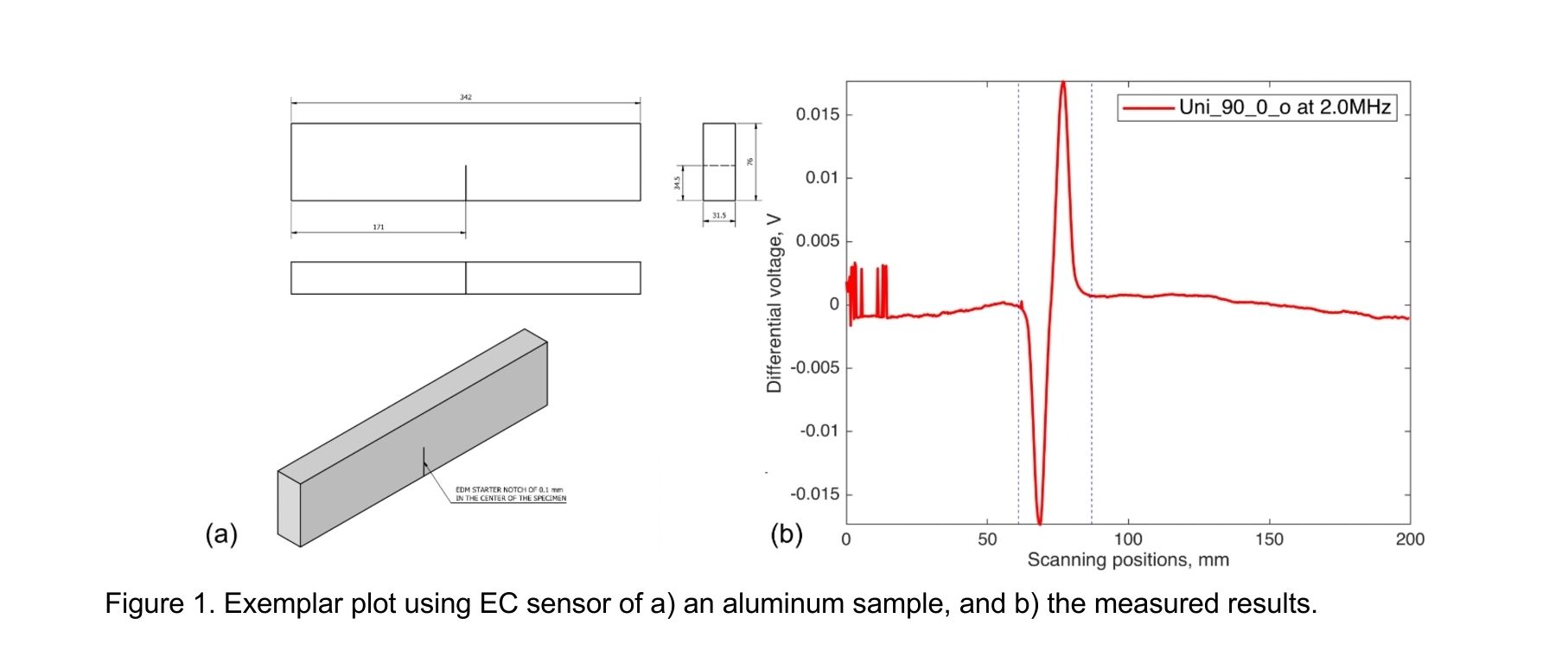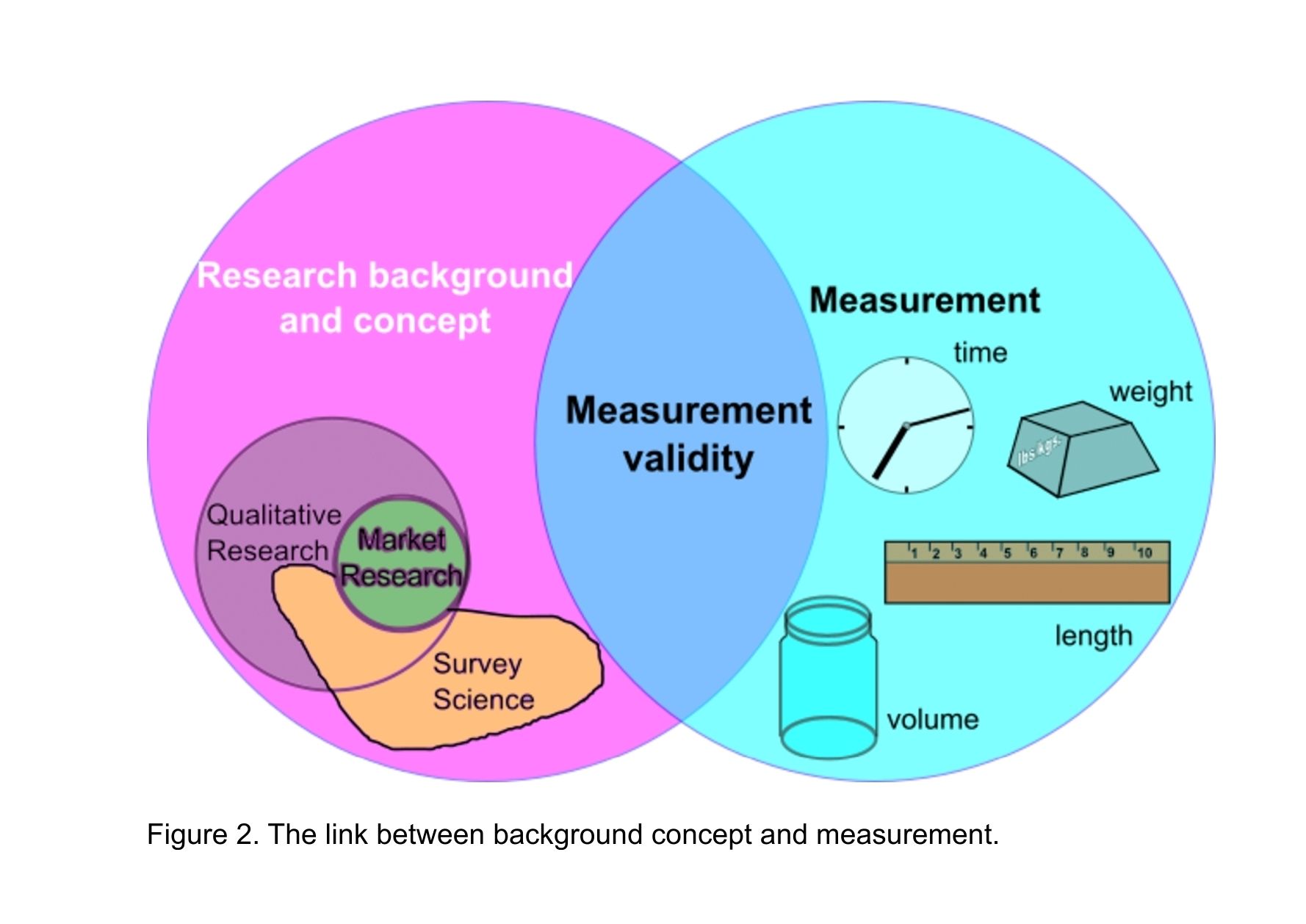Exploring the Harmony of Measurement and Belief

In This Article
-
Every particle, wave, and pulse of energy in the NDE process reflects an underlying order.
-
Advancements in technology show that humans are inspired by the order we see in nature.
-
The dialogue between science and faith is ancient, with moments of conflict and reconciliation.
Can science and faith work together? Can we reconcile experiment and observation with Divine wisdom?
Connecting what is experimentally observed/measured to the creations of the All-Wise One (meaning there is nothing by coincidence or meaningless) helps us interpret scientific facts with spiritual insights, offering a view that appreciates the connection between science, thought, and spiritual wisdom. Such interpretation would enrich both our knowledge and spirit. The price methods of Non-Destructive Evaluation (NDE), which is a set of analyzing techniques in science and technology industries, offer us such a connection highlighting the wonders of creations by the Divine.
The journey to understanding through measurement
Measurement is a fundamental aspect of human curiosity and our quest to understand the world, going beyond simple tools like rulers or scales. It includes various testing and evaluation methods that uncover hidden details of our environment. For example, Non-Destructive Evaluation (NDE) is a technique used to check the safety of structures (e.g., bridges, airplanes, pipelines, etc.) by using special tools that look inside the structure without causing any damage. There are several common NDE methods, such as ultrasound, visual inspection, and electromagnetic techniques. Ultrasound NDE uses high-frequency sound waves to detect internal flaws. Visual inspection involves examining structures for flaws using the naked eye or optical aids. These methods ensure safety and reliability, connecting both the visible and invisible aspects of measurement. Our journey is not just about technical details; it is about linking the natural world with a deeper sense of purpose.
The philosophy of measurement in NDE
What do we measure? Every particle in the NDE field can give us important information as it moves. For example, ultrasonic NDE uses high frequency sound waves – outside the range of human hearing – to create images of an object’s interior. By tracking how the particles move (similar to how sound wave travels), we can determine important information based on specific rules of physics. This helps us better understand the data we collect.
Understanding the data from NDE methods is a challenging job. Think of it like when doctors use ultrasound to see inside a pregnant woman's body. They send high-frequency sound waves into the body with the help of a gel, and by analyzing the echoes, they can see what is happening inside the patient.
Why do we measure? This question takes us back to the very essence of human inquiry. We measure to understand and predict in response to our material needs, but appreciating the complexity of creation often comes as another major outcome. Historically, scientific discoveries have sometimes conflicted with personal beliefs, like when people learned that the Earth orbits the sun. Measurement transforms subjective observations into objective data, bridging the gap between what we see and the deeper truths they reveal.
Similarly, the philosophy of measurement in NDE, one might think, is actually based on a similar search for truth, connecting, as it were, science with faith. When we observe something happening, it usually triggers a question about having a very wise and knowledgeable power behind it, the One who sets the rules of nature to make things work with such harmony and intelligence.
Let’s explore the most widely used method among electromagnetic NDE techniques – Eddy Current NDE. This method is based on a principle discovered by Michael Faraday. When you pass an electric current through a wire that keeps changing direction, it generates a changing magnetic field. This changing magnetic field can cause small loops of electric current, called eddy currents, to form in nearby metal objects. Tracking how these eddy currents flow helps us detect any defects or irregularities in the material. Early detection of these issues is important to ensure the safety and reliability of engineering structures.
Eddy Current NDE: A glimpse into the unseen
NDE is like a doctor’s gentle touch, diagnosing without cutting open. It uses technologies such as ultrasound and electromagnetic techniques to look into the heart of materials, detecting structural flaws that could lead to future failures. For example, Eddy Current Testing (ECT) uses electromagnetism to scan for irregularities, ensuring the reliability of metal components and aircraft parts without leaving a mark. ECT detects surface and near-surface flaws in conductive materials by inducing and measuring electrical currents (Mussatayev et al., 2024). Any flaws in the material disrupt the flow of eddy currents, which can be detected by sensor, as shown in Figure 1.
For example, when eddy currents flow through undamaged material (see Figure 1), the movement is smooth and shows no sign of disturbance. However, when a defect was present between 60 and 80 mm, the sensors picked up a clear, symmetrical change in voltage readings.
Recent advances in science and technology are making such measurements even more precise. For instance, new machines can automatically adjust themselves during composite manufacturing (Nguyen et al., 2023). Researchers have also shown that sound waves can lift, move, and spin tiny objects in the air—an innovation that could greatly improve how certain medicines are delivered in the future (Marzo et al., 2015).
The dance of particles: A reflection of Divine order
Every particle, wave, and pulse of energy in the NDE process reflects an underlying order. These particles move according to precise laws, hinting at a greater orchestration. It is a dance choreographed by the Creator, displaying creativity and direction that invites us to ponder the purpose behind existence.
Studying how particles move in NDE methods helps us understand their formation and behavior. Despite their many tasks, the movement of particles provides crucial insights in understanding the feature of interest in material under the test. Just like a tiny seed contains all the “program codes” for a huge tree, the systematic and repetitive movement of particles reveals information about the hidden aspects of the material world to engineers.
One can speculate three possible explanations as to why particles can perform so many functions:
- Each particle knows everything. In this case, it would need to have infinite wisdom and power. It would have to see everything, be aware of all things, and have control over everything.
- Each particle is made to serve a greater purpose. So, the particles that perform their roles in structures and bodies do so with the permission, command, knowledge, and will of an entity with complete wisdom.
- Particles move based on general rules without needing prior knowledge.
If we applied an NDE process to these particles, the most logical explanation would be that they are created by one Creator, designed with complexity to demonstrate His power and will. This implies that only the One who creates the flow of all particles can place each particle in its position. To uncover these “hidden treasures,” humans rely on curiosity and structured measurement (metrology) to explore the natural world.
Divine Wisdom and human innovation: Exploring the Creator's influence
Advancements in technology show that humans are inspired by the order we see in nature, and we try to use these natural laws for our benefit. It’s as if the Creator gives us the ability to understand and control things to some extent in different scientific areas. While we can’t fully understand everything because God knows all, we can still learn and explore from the laws of nature.
These are introductory insights that warrant deeper exploration, yet they illustrate important concepts about the nature of knowledge and its boundaries. Empirical knowledge, while immensely valuable for understanding the natural world, has limitations. It provides evidence of order and design, hinting at an intelligent designer, but it cannot fully capture the essence or attributes of the Divine. The concept of an intelligent Creator aligns with the argument of design, as seen in nature's intricate systems, yet the full scope of divine attributes lies beyond empirical reach.
This perspective is enriched by philosophical discussions about the self, the soul, and their connection to the material world. Take the idea of causality, for example, which explains the link between cause and effect. A cause produces a result not because it looks like the effect, but because it has a unique property that makes that result possible—like fire producing heat because of what it is, not because it resembles heat. This way of thinking highlights the careful design behind natural phenomena and points to divine wisdom and purpose.
“As a scientist, I can move a small particle a short distance (Marzo et al., 2015).” However, God manages all the cells in my body and everything in the universe continuously. This suggests that our ego can help us understand some of God’s attributes, such as being All-Wise and All-Compassionate, with limitless knowledge and power. Imagine an endless land without boundaries; it requires an imaginary limit to comprehend its vastness. Similarly, our ego acts like a reference point in geometry, setting a limit by saying, “I can control the movement of a particle up to this point; beyond that, God controls everything.” Although this limit does not physically exist, it helps us understand, much like a thermometer indicates temperature. In this way, through the lens of this perspective, an engineer can see the nature of the universe. With our limited knowledge, we catch a glimpse of the Creator’s power and authority over creation. But if the “I” believes it exists on its own and belongs only to itself, it ends up dividing God’s sovereignty between itself and other imagined causes.
In this context, the human capacity to reason, explore, and innovate mirrors aspects of divine knowledge and wisdom. Our ability to uncover the laws of nature serves as a reflection of the Creator's infinite knowledge and deepens our appreciation of His dominion. When approached with humility, the pursuit of science becomes a way to honor the Creator, bridging the gap between human curiosity and divine majesty.
Integrating science and spirituality
Curiosity is something humans possess to understand how nature works and to contemplate what lies behind it as Divine wisdom. The philosophy of measurement leads to questions about existence and the Creator’s rule in the cosmos. When people measure things, it is to answer specific questions in different fields. Measurement is not only a tool for understanding the physical world but also a metaphor for seeking spiritual knowledge and wisdom. For example, someone might want to explore a natural event, and through new branches of science, we can learn measurable facts about the universe. These observations connect with what we already know about the things we measure.
Finally, experts make sense of the measurements through validation and assign meaning to the scores based on theory (Adcock and Collier 2001), as shown in Figure 2. As Nursi says, the Creator made everything with a purpose, and this is a way to inspire humans to find their purpose on Earth.
Over the centuries, a rift between science and religion has emerged, but understanding the order in particle behavior can help bridge this gap. Particles operate under divine laws, reflecting the Creator’s will and power. This perspective aligns with the view of a universe created with intent, where every element serves a purpose.
A need for balance
Considering different explanations for particle behavior, the idea that particles follow divine laws without inherent knowledge harmonizes scientific understanding and religious belief. This view suggests a universe created with intent, where everything has a purpose. Integrating scientific exploration into religious education can foster deeper understanding and respect among various traditions.
Conclusion: A call for unity
In summary, the dialogue between science and faith is ancient, with moments of conflict and reconciliation. Today, they can coexist, complementing each other in the search for truth. Measurement, in its purest form, honors the Creator by unraveling the mysteries of the universe. The Abrahamic traditions share a belief in purposeful creation, which could be the foundation for a future where science and faith walk hand in hand, fostering understanding and peace.
References
- Adcock, Robert, and David Collier. 2001. “Measurement Validity: A Shared Standard for Qualitative and Quantitative Research.” American Political Science Review 95(3):529–46. doi: 10.1017/S0003055401003100.
- Marzo, Asier, Sue Ann Seah, Bruce W. Drinkwater, Deepak Ranjan Sahoo, Benjamin Long, and Sriram Subramanian. 2015. “Holographic Acoustic Elements for Manipulation of Levitated Objects.” Nature Communications 6(May):1–7. doi: 10.1038/ncomms9661.
- Mussatayev, Meirbek, Qiuji Yi, Mark Fitzgerald, Vincent K. Maes, Paul Wilcox, and Robert Hughes. 2024. “Directional Eddy Current Probe Configuration for In-Line Detection of out-of-Plane Wrinkles.” Composites Part B: Engineering 268:111048. doi: 10.1016/j.compositesb.2023.111048.
- Nguyen, Duc H., Xiaochuan Sun, Iryna Tretiak, Mario A. Valverde, and James Kratz. 2023. “Automatic Process Control of an Automated Fibre Placement Machine.” Composites Part A: Applied Science and Manufacturing 168(November 2022):107465. doi: 10.1016/j.compositesa.2023.107465.
- Nursi, Said. 2023. “Sözler.”











